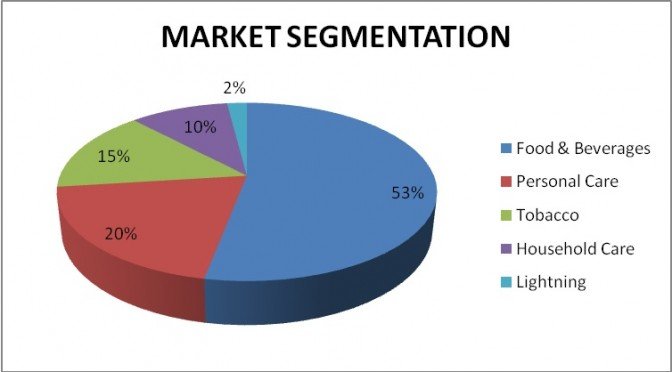|
Who can claim exemption
|
An individual or a Hindu undivided family
|
|
Which specific asset is eligible for exemption
|
If a residential house property (long-term) is transferred
|
|
Which asset the taxpayer should acquire to get the benefit of exemption
|
Exemption is available if another residential house is purchased or constructed
|
|
What is time limit for acquiring the new asset
|
Purchase – Residential house can be purchased within 1 year before transfer or within 2 years after transfer.
Construction – Residential house can be constructed within 3 years from transfer.
In the case of compulsory acquisition, these time-limits shall be determined from the date of receipt of compensation (original or additional)
|
|
How much is exempt
|
Investment in the new asset or capital gain, whichever is lower.
|
|
Is it possible to revoke the exemption in a subsequent year
|
If the new asset is transferred within 3 years of its acquisition exemption will be taken back. For calculating capital gain on transfer of new asset, cost of acquisition will be calculated as (original cost of acquisition – exemption availed under section 54).
|
The tax payer can acquire the new asset by withdrawing from the deposit account. But the new asset should be acquired within the above mentioned time-limit mentioned. If the deposit account is not fully utilized for acquiring the new asset, the unutilized amount [but in case of section 54 and 54F when the 3- year time limit expires], will be taxable as short-term/long-term capital gain depending upon the original capital gain. The unutilized amount can be withdrawn by the tax payer after the expiry of the aforesaid time-limit. If the tax payer dies before the expiry of specified time-limit (for making investment in the new asset), then unutilized amount paid to the legal heirs is not taxable in the hands of recipient.
|
Residential house property situated in Delhi
|
Mr. Sinha
Rs.
|
Mr. Goyal
Rs.
|
|
Date of transfer of the property
|
July 10, 2011
|
September 19, 2011
|
|
Date of purchase of the property
|
October 6, 1984
|
April 10, 1983
|
|
Sale consideration received
|
18,00,000
|
14,50,000
|
|
(Stamp duty value)
|
(20,00,000)
|
(17,50,000)
|
|
Cost of acquisition
|
50,000
|
90,000
|
|
Expense on transfer
|
10,000
|
6,000
|
|
Date of Purchase
|
December 20, 2011
|
March 1, 2011
|
|
Cost of acquisition
|
20,00,000
|
16,00,000
|
|
Sale consideration (i.e., stamp duty value)
|
20,00,000
|
|
Less:
Indexed cost of acquisition [Rs. 50,000 X 785 / 125]
|
3,14,400
|
|
Expenses on transfer
|
10,000
|
|
Balance
|
16,76,000
|
|
Less: Exemption under section 54 [amount of investment in new residential property, i.e., Rs. 20,00,000 or amount of capital gain, i.e., Rs. 16,76,000, whichever is lower]
|
20,00,000
|
|
Long-term capital gains chargeable to tax for the assessment year 2012-13
|
NIL
|
You might like reading:

Strategy insight : How to win a war
Winning a war is not merely about deploying forces and engaging in combat; it requires meticulous planning, strategic thinking, and effective management at every level. From ancient times to modern warfare, successful military campaigns have been marked by sound management principles, adapting to changing circumstances, and utilizing resources efficiently. In this article, we delve into the intricacies of managing a […]

Analysis of FMCG Sector
FMCG OVERVIEW -Fast Moving Consumer Goods (FMCG) goods, popularly named as consumer packaged goods, play a vital role as a necessity and as an inelastic product. Rural India accounts for 70% of India’s population, 56% of National Income, 64% of total expenditure and one third of the total savings. The Indian FMCG sector is the fourth largest sector the economy with a […]































